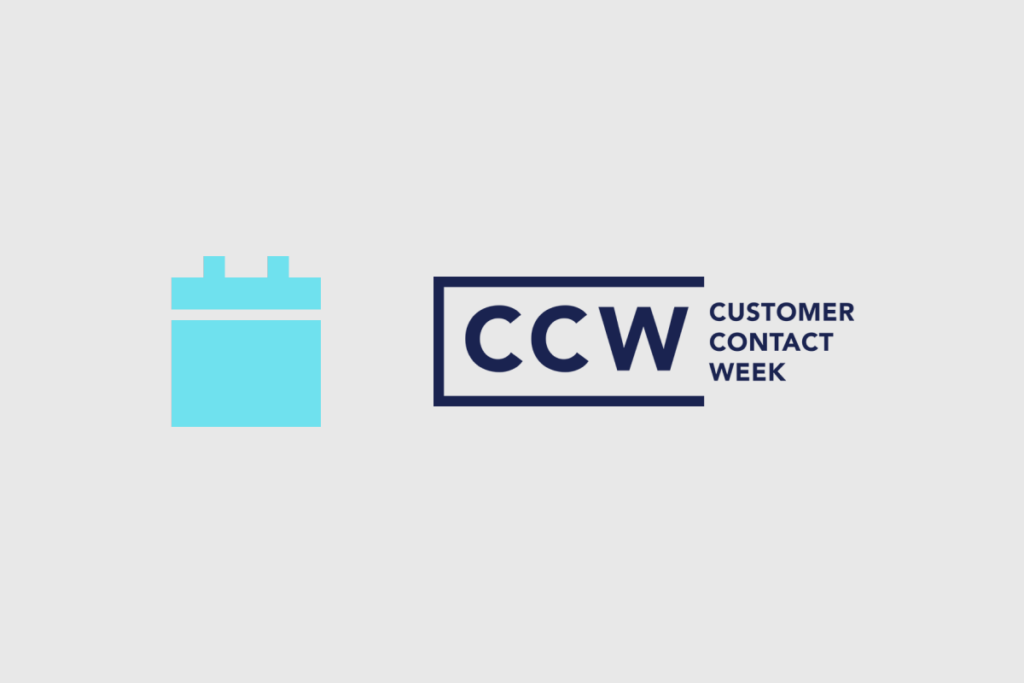PolyAI’s CEO & co-founder Nikola Mrkšić spoke with Tivix about how PolyAI is leading the evolution in conversational AI, and the challenges faced along the way.
Nikola, you come from a machine-learning background. When did you realize that there was a real need for conversational AI in customer service?
Five years ago, telling large enterprises that they might be able to automate a large component of their call center was difficult. It wasn’t something that people were ready to believe. Now, with consumer-facing voice AIs, like smart speakers or Siri, everyone’s a lot more comfortable speaking with the technology.
Businesses are now keen to digitally evolve with AI, but because the technology is still quite new and not well commoditized, it takes a huge amount of upfront investment to build in-house. This doesn’t make sense for most businesses. As a company that has over a decade of working in this area, we know how to build voice AIs much more quickly – that’s the experience we bring to the table.
One thing we talk about is superhuman customer experience. You can put our voice AI into any situation and it can start answering customer queries without the training time needed for a human operative. It’s not just about the quality of the voice and the speed of response – it’s also the quality of experience and the knowledge that the agent offers.
I can see this shift in technology working both ways. People are more comfortable with the idea of talking to technology, but on the other hand have higher expectations. How has PolyAI kept up with these advancing customer expectations?
We don’t need to keep up. We are the reason those expectations exist. We’re the ones replacing the systems that are falling short.
A lot of the voice assistants that run over the phone are currently very limited. You choose one of a few options with a voice command just like the old “press one for x, two for y” triage systems. This is impersonal and can be very unhelpful if you’re flustered, or trying to explain something complex – that’s why people want to talk to humans.
The truth is technology can offer this level of conversation right now, but most tech vendors providing voice solutions don’t offer this to their clients. How we win is by providing better quality, more human-sounding solutions compared to established vendors.
You built your product in house. Was there ever a point where you thought about outsourcing it, or was it always going to be your internal team building everything?
We’re a Cambridge spinout. All our technology is based on research that’s fresh from the lab, so outsourcing wasn’t possible for us. In the right circumstances you can do great things with outsourced teams, but early on we needed that integrated, tightly-knit feel so that we all knew what sort of progress we were chasing.
How have you managed to maintain a high speed of evolution whilst making sure you’re still headed in the right direction?
We perhaps haven’t always been moving in the right direction, but we have always tried our best!
I think that as we matured as a company, our product got bigger and better because we listened to each other. We listen to our sales and customer success teams to make sure we prioritize the features that will have the most impact.
There isn’t a silver bullet here. You have to stay on top of everything and communicate well across the business. You have to work really hard.
Thinking back to your first clients – how did you find and onboard them? Did you use your existing network from Cambridge?
Talking to lots of people was important. Product market fit will shine through, even if you don’t have a polished sales process in place. Early on, you take all the opportunities you can get.
Our first few clients came from taking advantage of any opportunities that came our way – whether that was speaking at a Gartner event or even as a result of discussing call centre acquisition, which we contemplated at one point. Instead of acquiring a call centre as first planned, we decided to partner with them to provide the human-AI hybrid model that would let them offer a superiorcustomer experience at a reduced price point.
Was your product market fit obvious from the offset, or did you need to pivot?
That’s a good question. We’ve micro-pivoted around some platformization issues, but from the get go, we knew that there was a product market fit and that the ROI our customers could get from this would be huge.
The big “if” was whether our potential client base would buy into it. A few years ago, you couldn’t pitch a large enterprise with the idea of a human-AI hybrid call centre – that would have been considered science fiction. I think Big Tech has really done us a favor over the past few years by investing so much into the area. People are a lot more receptive now.
Ultimately, I think the potential of the product was always there. The courage on the client’s side to deploy voice AI happened to be there at the right time for us.
And do you think that courage applies to investors as well?
For sure. Our investors are amazing – I think they always saw the potential of voice AI and our product. I’ve spoken to a lot of investors and there’s a lot of interest in AI. They’re generally pretty savvy.
What’s also interesting is that AI is not your typical SaaS play, where you build something with a fixed set of expectations. It’s a lot more similar to services-based propositions. The investor community, especially in California, but increasingly in Europe as well, are increasingly smart about recognizing that.
Is getting investors on board something that you knew you always wanted for your company? Investors come with pros and cons – were you ever tempted to go it alone?
What we’re doing doesn’t come cheap – upfront investment into the technology, the product and the sales machinery to get those large deals is substantial. You need to spend a lot of money just to get started.
On that front, we’ve never really thought about being a bootstrap company because we want to grow quickly. Investors offer great advice, and I think that positive tension where people are expecting you to turn their investment is good because it keeps you in check and makes sure you stay ambitious. Not that we needed that – I think we have always been very ambitious as a company.
What lessons did you learn in the process of building PolyAI that you could share with other founders?
One thing that was interesting for us was that, whilst we sell into large enterprises, we’re aware that this is a new product category that people aren’t always familiar with. This means that the customer isn’t always right.
You will know more about your product and how to use it than your customers. I think it’s important to know when to stand your ground and when to let something go, and how to present data back to the client so they can get the most from your product.
What advice would you give to founders that are in a similar situation? How can founders educate the industry about the need for their product?
A lot of people will tell you to build awareness, but that’s a really tall order. Small companies don’t have the budget or time to influence the market. Instead, look for champions – look for people with influence who can promote your value whilst you build case studies. Show people what you can do with one client and build from there.
Key takeaways
- Talk to lots of people – you never know what opportunities will come your way.
- Whilst it comes with expectations, VC investment keeps you ambitious and provides the scope for you to experiment.
- Your first couple of clients might come at a loss. Plan for this, and accelerate once you have concrete proof of your value.
- As a small company, it’s sometimes difficult to get heard. Look for champions who can increase your visibility when you first start out.




